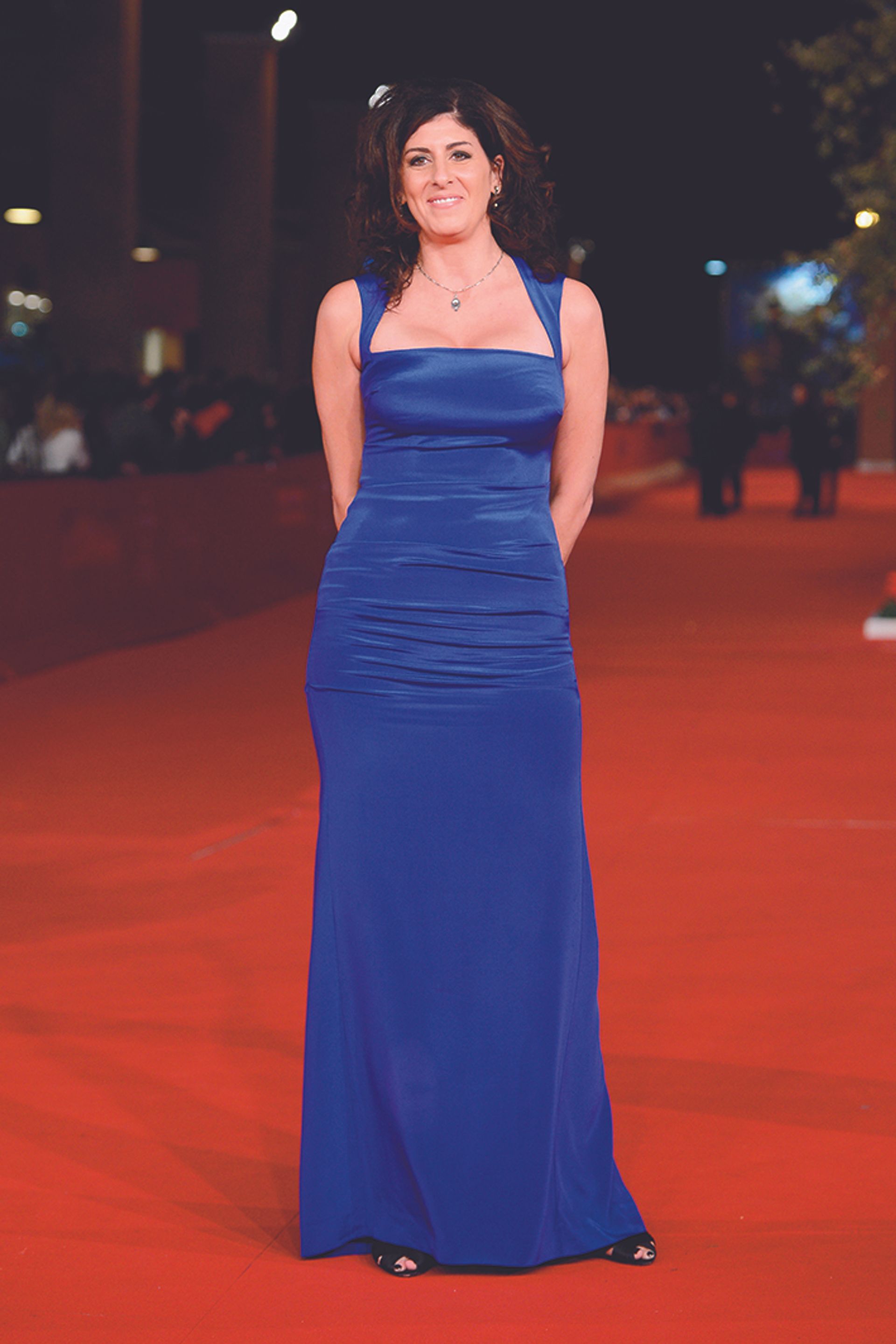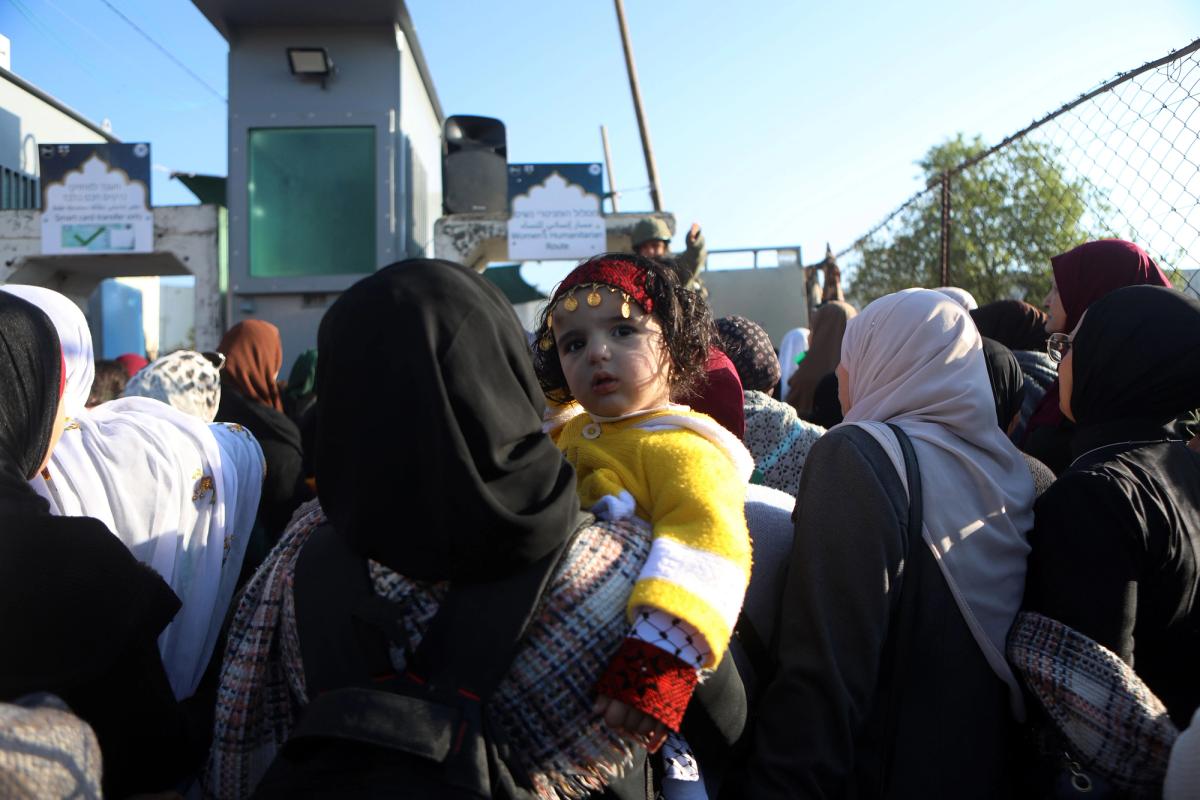On Al Khalil Road in Bethlehem stands the Dar Yusuf Nasri Jacir for Art and Research (Dar Jacir). It is one of the few cultural spaces still open and active in the West Bank. It is easy to understand why.
The characteristic sanasil building, its garden shaded by olive trees, overlooks the concrete separation wall built by the Israeli military during the Second Intifada (2000-05). An Israeli checkpoint, staffed by military police—part of a network of hundreds of checkpoints West Bank residents must pass through every day—is close.
“Dar Jacir is often at the forefront of clashes between the youth and the Israeli army,” says its director, the artist Emily Jacir. But Jacir is used to operating under such circumstances; the recent and historic Israeli protests against Benjamin Netanyahu’s coalition government’s plans for judicial reform have had “zero impact” on their work, she says.
Jacir, an artist who won the Golden Lion at the Venice Biennale in 2007, and her sister, the filmmaker Annemarie Jacir, have run Dar Jacir since 2018. They host artist workshops, lecture courses, screenings and residencies. The property was originally built as a grand family home by Jacir’s ancestor, the town registrar al Mukhtar Yusuf Jacir, in the late 1880s, during Palestine’s Ottoman period (a reign that lasted 402 years, until 1918). As such, it has been witness to a dramatically shifting political landscape in the West Bank. In 1918, British forces took control of Palestine—the start of new era of occupation. This month marks 75 years since the British Mandate of Palestine ended in 1948. The state of Palestine was cut into three, under the terms of a UN resolution, with Jewish leaders declaring an independent Israeli state.

An advocate for Palestinian artists, Emily Jacir won the Golden Lion at the 2007 Venice Biennale
Photo: Venturelli/WireImage
Story of survival
Throughout Bethlehem’s long history of occupation, Dar Jacir has changed hands, too. Between 1929 and 1980, it was used variously as a prison, army base and a school. But, eventually, it was purchased back by the Jacir family, and, in 2014, Emily Jacir’s father, Yusuf Nasri Jacir, became the sole owner and decided to open the home to the public as a cultural centre. The building’s remarkable story of survival, transformation and resistance makes it a poignant location for cultural activities that promote dyadic education and exchange within the West Bank and the rest of the world.
Dar Jacir today is a synecdoche. “It’s representative of the local and general Palestinian struggle; it acts as an important reminder that Palestinians have agency and continue to produce and engage with creative processes, even in the direst of situations,” Jacir says.
Dar Jacir’s programme of workshops and residencies covers visual arts, cinema, dance, literature and agriculture, and is wholly led by artists. It is funded by donations from numerous private supporters, and its participants and programme leaders come from all over the world; it is the only space in the southern West Bank that provides arts education and residency programmes for both Palestinian and international students and practitioners.
Dar Jacir is an “alternative pedagogical model”, Jacir says, one that responds “to the needs of our community, including our neighbours in refugee camps, and individuals that might not otherwise have access to creative and artistic opportunities”. The domestic needs of the centre imbue its programme, too: participants cook meals and tend the garden together. “We host people,” Jacir says. “The importance of our right to host is crucial and something the occupation forces try to take away from us.”
The Palestinian artist Vivien Sansour, a former resident, designed a terrace at Dar Jacir in which she planted jute, a plant used in mloukheyeh stew, a staple of Palestinian cookery associated with comfort and warmth. During one workshop, the plants were harvested and the resulting mloukheyeh was served in a travelling kitchen. “We encouraged others to share their stories of home,” Jacir says.
Dar Jacir’s programme is led by women artists—important, Jacir says, because they understand the oppression of other women, particularly those living in occupied territories. “We share so much with other women facing occupation from Kurdistan to Western Sahara,” she says. “We have already offered residencies and organised public events for several Palestinian women artists who have never been given an opportunity to do so before.” They can, Jacir adds, offer a platform and visibility to an international network of female artists living in comparable conditions.
“We live in a very patriarchal environment, so to have a women-led space offers opportunities for women and ways of working that are conducive to change,” Jacir says. “We try to set an example to a younger generation of women artists, and encourage them to be leaders who can mediate in this conflict.”
For Jacir herself, who was born and raised in Bethlehem, this has been hard won. “I had a very hard childhood and was extremely shy and often bullied by other kids,” she recalls. “I was too scared to open my mouth in class to answer questions, even when I knew the answer. I could not speak out loud. I loved art and it was the one place I felt I could express myself.” Things changed when she won a school award for best artist: “That was really meaningful for me at that time.”
In the 1990s, Jacir was involved with prominent projects that significantly shaped the arts scene in Ramallah—still the cultural centre of the West Bank. She was among the founders of the International Academy of Art Palestine and worked as a full-time professor there for over a decade. She was also the co-curator of the Palestine International Video Festival, launched in 2002, the first event of its kind in Palestine.
The festival, Jacir says, was born out of a need to have a “two-way exchange” and not only focus on “us and our suffering”. “It was leading to a myopic vision,” she says.
“I wanted to stop that.” This is part of the motivation, too, behind Dar Jacir’s practice as an institution. It also, she adds, addresses another issue: “Today, artists are too often at the behest of institutions that don’t really trust or care about them,” she says.
Dar Jacir is a radical institutional model in a challenging context, one that hopes to inspire other institutions around the world. But for those who want to understand the work it does and the issues it confronts, Jacir insists, “they need to come and see what is happening here with their own eyes”.


